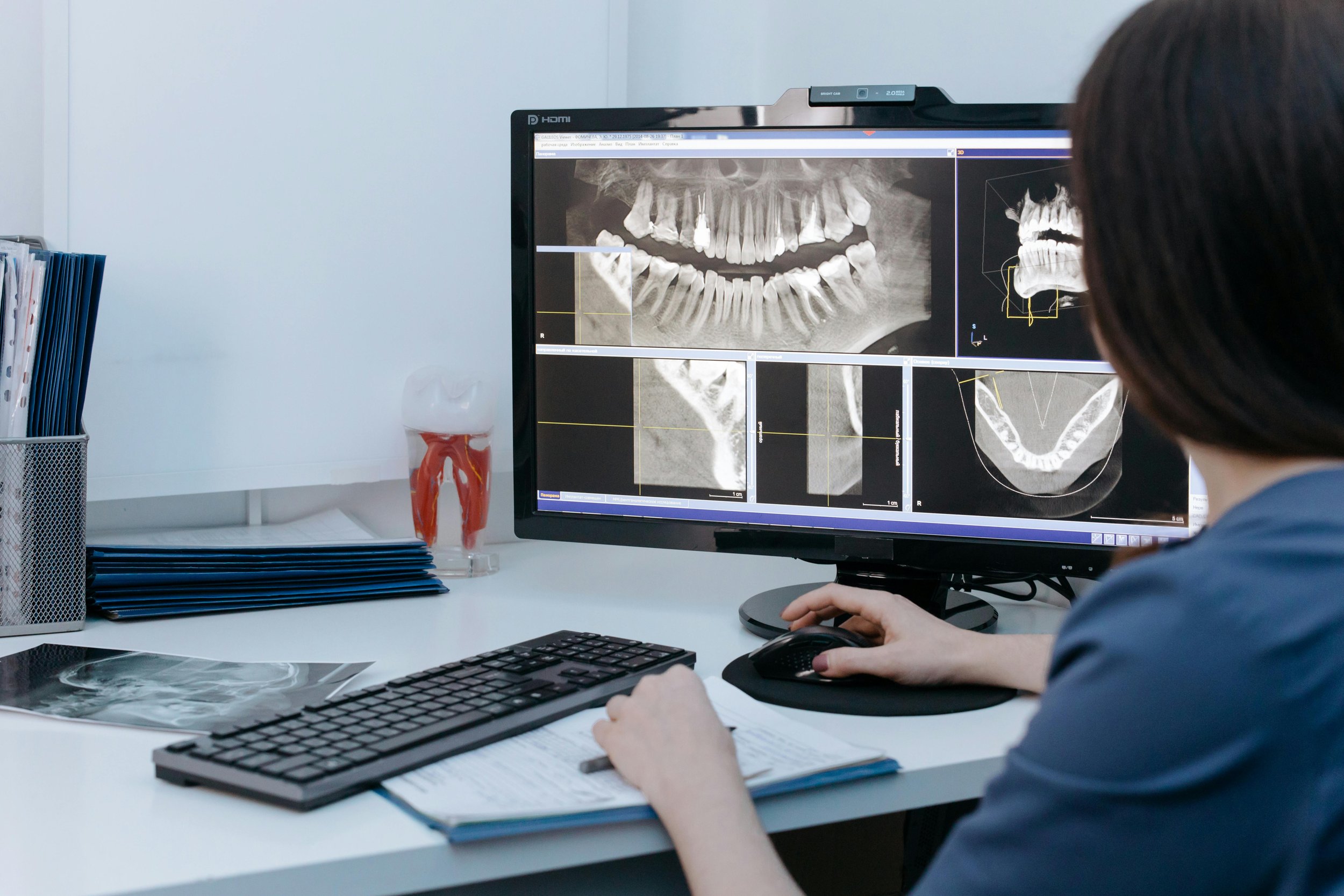
Bursa, Cuff Shoulder Cures Vary
By Dr. Koco Eaton
The shoulder is a complex structure that has multiple layers. The deltoid muscle, which is just below your skin, is the primary mover of the shoulder bone (humerus). It sits on top of the acromion bone, which acts as the roof for the shoulder joint. The basement structure is the humerus, or shoulder bone. The rotator cuff is a group of four muscles in the shoulder that act as a first floor, keeping a distance between the roof and the basement. The role of the rotator cuff is to maintain this space so that the humerus bine can move freely without impinging on the acromial bone. The space between the two bones decreases when the arm is raised. This is the reason the arm hurts with overhead activity.
The bursa is a fluid-filled sac that lubricates the rotator cuff as it passes through this bony sandwich. More pressure is put on the bursa when the arm is raised because there is less room for the bursa and the tendons. Unfortunately, most activities that involve the shoulder require you to raise your arm, such as eating, drinking and combing your hair.
As the pressure increases on the bursa, at also increases on the rotator cuff. This can lead to a tearing of the rotator cuff. Once the cuff is torn, you can lose the cushion effect the cuff provides between the two bones. A torn cuff also puts more pressure on the bursa. Many times, the shoulder pain one feels is the result of an inflamed bursa that is aggravated by a torn cuff.
Without the opportunity to examine you or view your MRI, it is difficult to comment on your specific situation. However, not all rotator cuff tears require surgery. Many times the pain from the rotator cuff tear is originating from the bursa that surrounds the rotator cuff. Therefore, I would prescribe an anti-inflammatory medication (such as Aleve or Motrin) to reduce the inflammation. Also, I would inject the shoulder with cortisone to reduce the inflammation of the bursa. A cortisone shot does not heal the torn cuff, rather it reduces the inflammation and hopefully the pain that is associated with the cuff tear. Also, physical therapy can reduce the inflammation, increase your range of motion and strengthen the muscles around your shoulder.
The primary indication for surgery is pain. If the pain persists after a period of time, then it is reasonable to undergo rotator cuff repair. However, I would recommend conservative treatment such as medication and physical therapy prior to undertaking surgery as an option.
